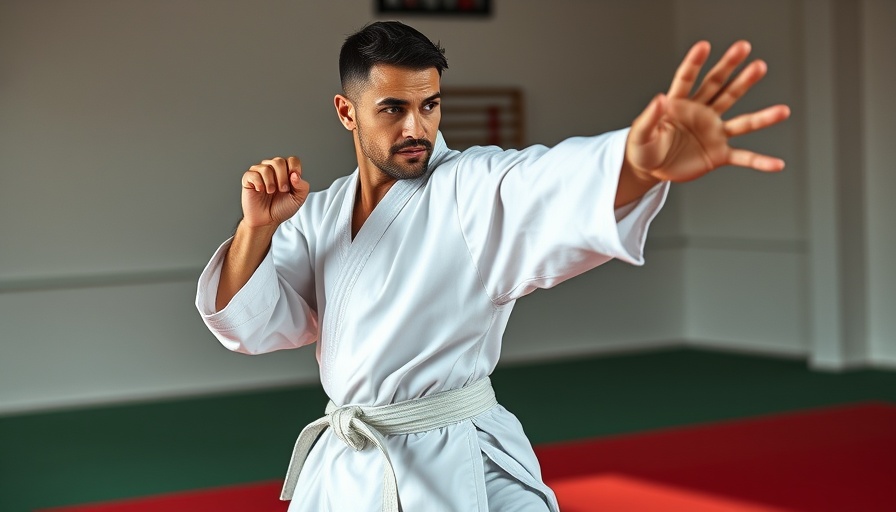
The Evolution of Karate Katas: Beyond the Basics
In the realm of Shotokan Karate, katas serve as fundamental building blocks, regimenting the practice and understanding of martial arts techniques. Historically, the Shotokan style has adhered to 26 standard katas, a core that many martial artists master at various levels of their journey. Recently, the International Karate Shotokan (IKS) has expanded this list significantly, incorporating 43 additional katas preserved from the teachings of the late Asai Tetsuhiko Sensei. This expansion reflects not just an enrichment of the art but a deeper understanding of its fluid complexities.
Preserving Tradition: The Influence of Asai Tetsuhiko
Asai Tetsuhiko's contributions to Karate were profound, encompassing a unique blend of physical and philosophical approaches that challenge practitioners to think critically about their movements and intentions. The katas added by the IKS, including forms like Jo no kata and Kihoken Issei, emphasize not only technique but the underlying principles that govern martial arts practice. This preservation of Asai's teachings provides students with a broader spectrum of skills, reflecting both the historical context of Karate and the evolving demands of modern practitioners.
Understanding the Expanded Kata List
Among the 43 katas, each form articulates specific techniques, stances, and movements designed to enhance a practitioner's adaptability and tactical skills. For example, Gyakuzuki no kata introduces advanced punching techniques that may not be emphasized in standard forms, challenging students to refine their striking precision. The katas serve as a bridge between historical significance and current training methodologies, offering valuable insights into self-defense and combat.
Connecting Karate to Modern Training Practices
The addition of these katas not only elevates the technical aspect of training but also fosters a sense of community among students and instructors. Dojos, especially those in areas like Gurnee, can utilize this expanded kata repertoire to build unique programs that attract a diverse range of students. Martial arts classes in Gurnee can significantly enhance their offerings by integrating these forms into their lessons, promoting further engagement and competition within the local community.
Future Perspectives on Martial Arts Training
With martial arts steadily evolving in a globalized society, the challenge for instructors is to strike a balance between preserving tradition and embracing modern needs. Incorporating katas like those from the IKS deepens the understanding of Karate’s lineage while providing students with practical skills relevant to today’s self-defense scenarios. As more students take interest in disciplines such as Taekwondo or Brazilian Jiu-Jitsu, Karate can retain its relevance by showcasing the depth and variation within its training.
Boosting Community through Martial Arts
Local karate academies in Gurnee or similar areas are encouraged to explore these additional katas, offering engaging workshops and classes. Not only does this approach benefit seasoned practitioners but it also stimulates interest among beginners. With programs tailored for Kids martial arts or even Women’s self-defense classes, dojos can create a more inclusive environment that welcomes everyone.
In closing, embracing the additional 43 katas preserves the rich history of Karate while paving the way for innovative training techniques that resonate with students today. Dive deeper into this world of martial arts and enhance your practice—Contact Sensei Gruber at 224-347-6655 today!
 Add Row
Add Row  Add
Add 




Write A Comment